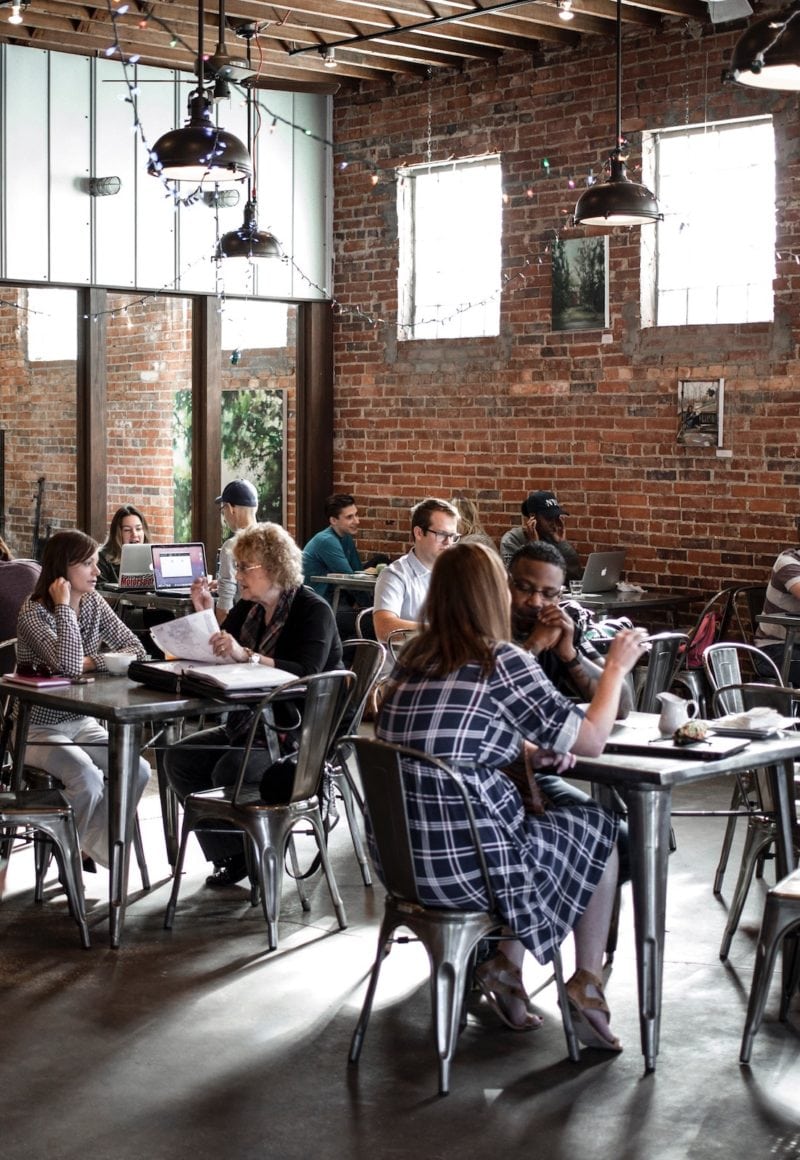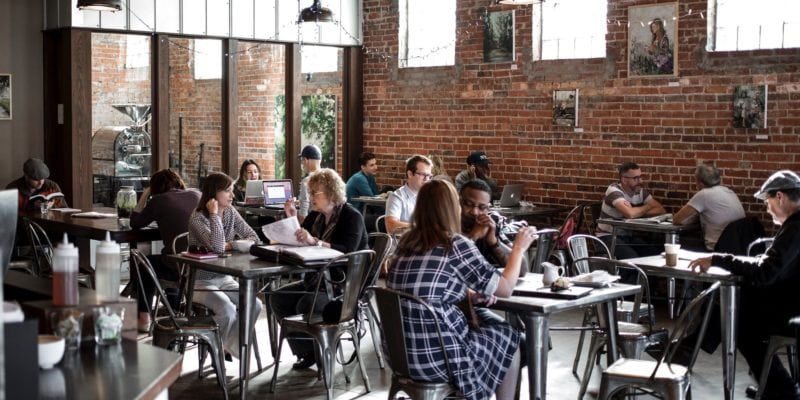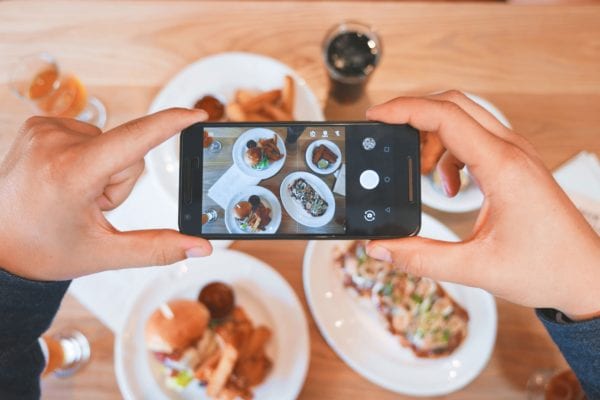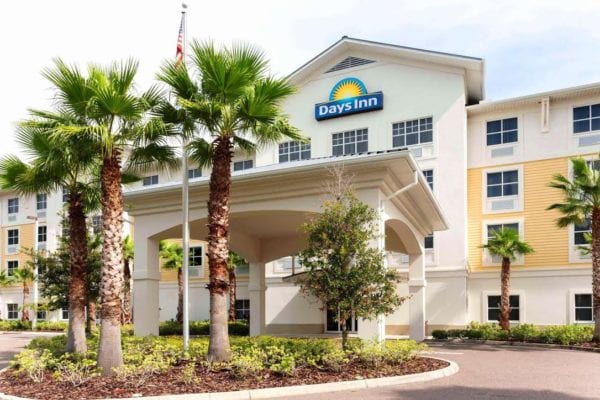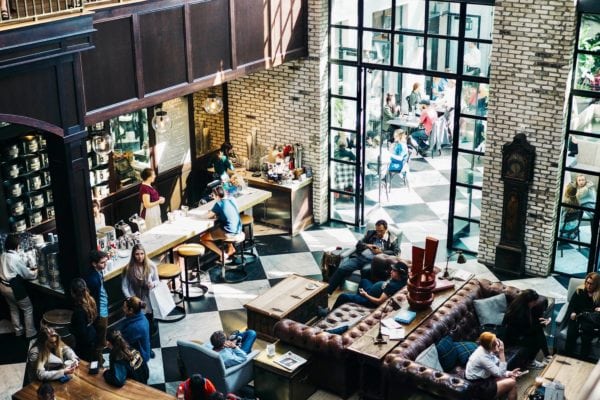Skift Take
The restaurants that get new technology right will be the ones that use it as support for more memorable face-to-face experiences.
— Erika Adams
How does technology fit into the restaurant experience? According to a new report commissioned by restaurant guest management platform SevenRooms, technology’s place in restaurant operations is potentially expansive, as long as the ways in which users interact with it are helping, not hurting, the extension of hospitality.
The survey, conducted by YouGov, polled 1,108 individuals in the U.S. to build a picture of how consumers approach tech-powered dining experiences.
The report showed that diners would welcome a more personalized restaurant experience. Fifty-one percent of Americans want their server to recognize them on a repeat visit, and 25 percent want to be able to request the same server who’s already familiar with their preferences when they come back. One in five Americans would book a reservation at a restaurant that could offer them a personalized meal based on individual food preferences.
Technology, of course, powers all of these capabilities. But each moment is still lead by human interactions.
Who Wants a Robot Waiter?
Where the tech integration is more overt, the rate of consumer interest is much lower. Five percent of Americans would want robot servers in a restaurant, six percent would use an artificial intelligence-powered chatbot to research a restaurant, and 10 percent would use voice-powered software to conduct that research. Seven percent of Americans would use a virtual or augmented reality device to get a sense of the restaurant before booking.
Joel Montaniel, the CEO of SevenRooms, acknowledged that the survey demonstrated that the rate of adoption on some of these technologies is still low. “New technology is still in its early stages for the hospitality industry as a whole,” Montaniel told Skift Table. “It hasn’t been widely adopted yet. I think diners are still kind of apprehensive in terms of seeing it, using it, and getting value out of it.”
Tech-Friendly Millennials
When the results are broken out into millennials versus Americans over age 55, however, it shows that millennials have a higher rate of adoption on these types of tech integrations. Millennials, defined here as adults between 18 to 34, are almost four times as likely to use VR to view a restaurant space ahead of time. They are almost five times as likely to be persuaded by smart capabilities to book a restaurant.
As consumers continue to adopt technology in every part of their lives, whether it’s restaurant-related or not, AI and VR-related restaurant-tech integrations will become more widely accepted as part of these larger trends. The key will be figuring out how to integrate the technology within the restaurant industry in a way that is seamless for both the operator and the diner. “We still always want to make sure that hospitality and the human touch is front and center,” Montaniel said.

